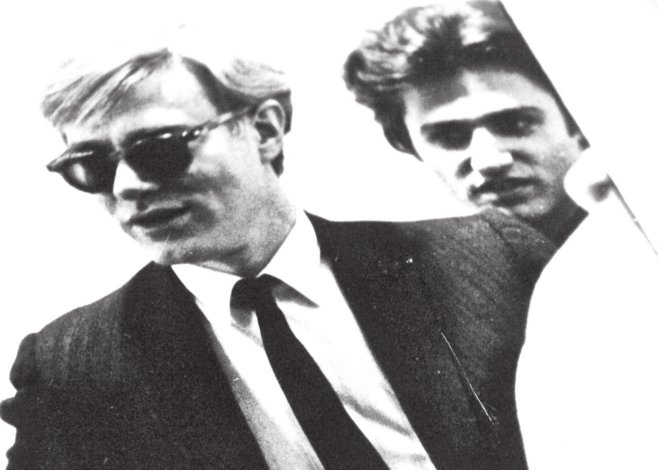
Photos Skyler Ashley/City Pulse
“Andy Warhol looks a scream, hang him on my wall,” sings David Bowie in tribute to the legendary artist on his 1971 album “Hunky Dory.” Bowie was just one of many countless artistic figures that Warhol had a lasting impact on. By ’71, Warhol had already taken over the art world with his highly stylized vision that made the pop art genre his own.
In the decades following his death, Warhol’s work has become almost as ubiquitous as the very idea of art itself. Warhol’s style is instantly recognizable, and to see his creations in person is always a treat. Now, thanks to the Eli and Edythe Broad Art Museum, Lansing has a chance to take a glimpse into the enigmatic artist’s life. It must be stressed, however, that it is merely a glimpse.
Unfortunately, “Andy Warhol: A Day in the Life” is relegated to a relatively small room on the bottom floor. One of the room’s walls is adorned with a silver finish, a nod to the design of Warhol’s Silver Factory.
Those expecting an expansive collection will have to turn elsewhere. Furthermore, a good portion of the candid photographs are not actually taken by Warhol, but by his cohort Billy Name. But despite its small scope, it is absolutely worth a visit — if only to see one of his famous renderings of Marilyn Monroe.
Associate curator Steven Bridges pieced together the exhibit after gaining some inspiration from storage capsules kept by the Warhol Museum in Pittsburgh. The small photographs taken by Warhol have a jubilant feel to them, a sense that he led an exciting life and brought joy to those around him.
Warhol was expertly snarky and a fitting challenger to the arbitrary constraints of what could be considered art. Deconstructing high art into a commodity for mass production was a revolutionary and perverse idea in the early ‘60s, and Warhol capitalized on that ironic notion better than anybody.
“The Factory,” Warhol’s legendary art studio, was exactly that — a factory. His team churned out countless screen prints with an assembly line philosophy. The pretentious stigma that hung over idealistic artists was dispelled by Warhol, who simply scoffed and said, here’s 32 paintings of a can of Campbell’s soup. Now with this new exhibit, perhaps you can get a better understanding of the man himself.
Enjoy and learn about some of the works in the exhibit with this comprehensive photo essay.
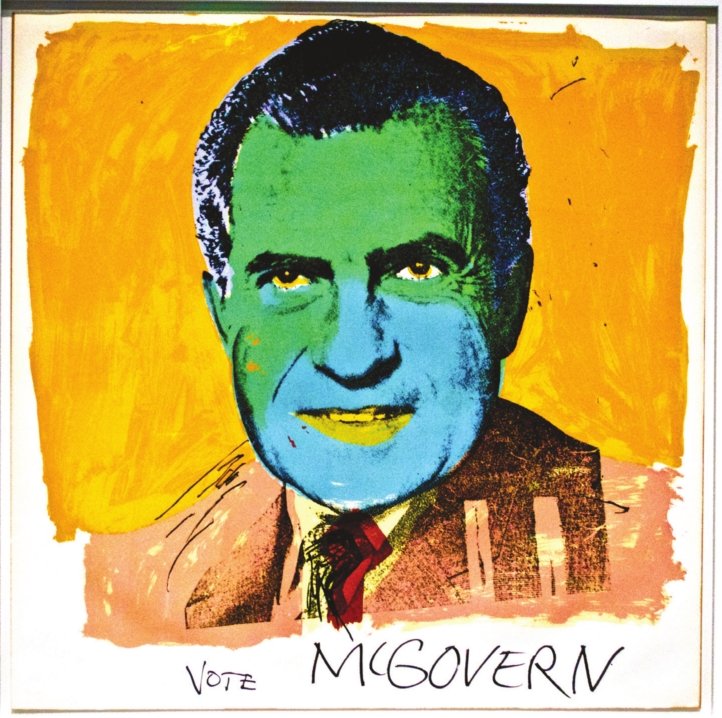
“Vote McGovern” by Andy Warhol, 1970, a sarcastic nod to Richard Nixon. By no means a tribute, Warhol depicts him with a blend of garish colors that hint toward a person of dubious character. Combined with “Vote McGovern” slapped across the bottom, the screen print’s a perfect insult to Tricky Dick.
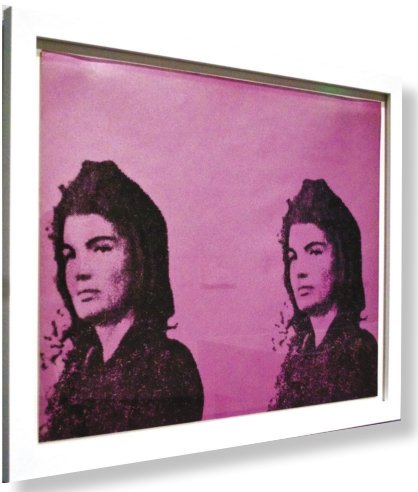
“Jackie II” by Andy Warhol, 1966, a colorized screen print of Jacqueline Kennedy Onassis. Perhaps the most famous first lady of all, it’s fitting she be immortalized by a Warhol screen print. The color pink will be forever tied to Onassis thanks to the vivid cultural image of her iconic Chanel suit.
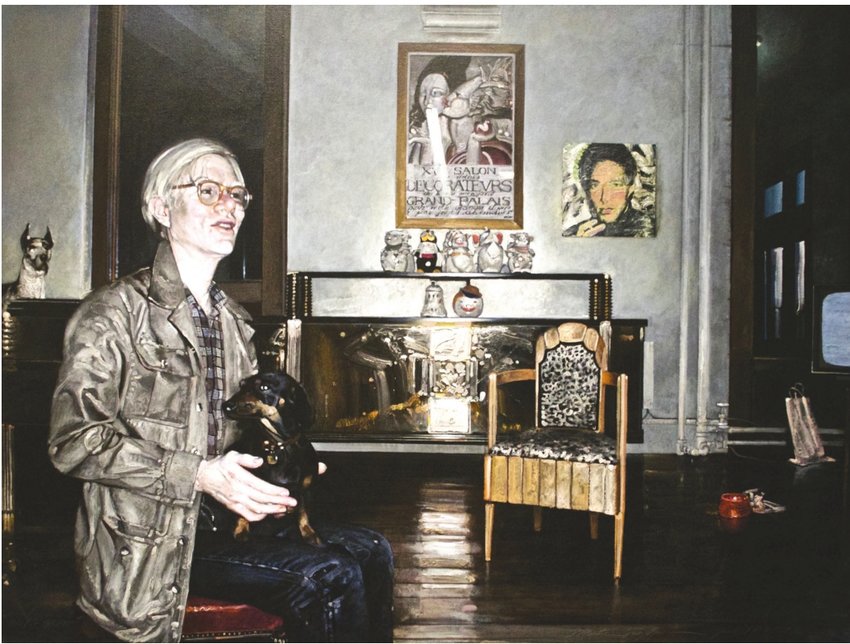
“Andy Warhol & Archie Warhol (Bunker)” by Martin Hoffman, 1974. Hoffman paints a portrait of Warhol sitting in his studio with his dachshund Archie. The portrait lets us take a peek at the digs of Warhol’s famous studio. Hoffman and Warhol were close friends, giving the painting a noticeably intimate feel.
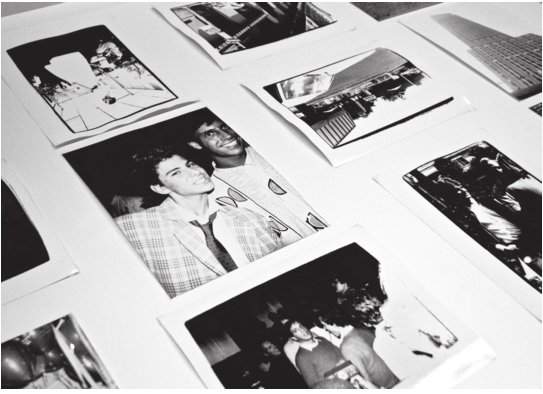
Various titles by Andy Warhol, 1979 — 85. A mix of gelatin silver prints taken by Warhol. Warhol was dedicated to capturing his life through his camera lens. “A picture means I know where I was every minute,” once said Warhol. “That’s why I take pictures. It’s a visual diary.”
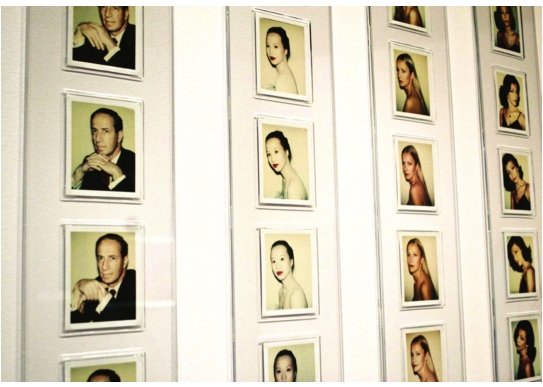
Polaroids taken by Andy Warhol, 1976 — 86. One of the many techniques used by Warhol to chronicle his friends were polaroid snapshots. Each model was required to sit through multiple exposures and the curator, Bridges, arranged them as a mock filmstrip. Forever unorthodox, Warhol seemed to take a film-like approach to photography, much like his ironic approach to film — which was more akin to photography.
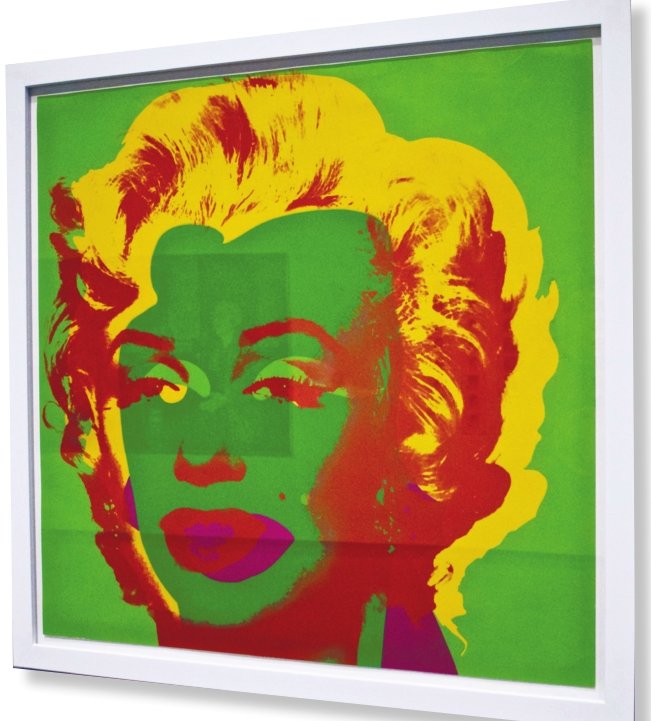
“Marilyn” by Andy Warhol, 1967. Warhol’s depictions of Monroe provide a near-rival to the popularity of his Campbell’s soup-can prints. Warhol’s unique take on portraits created a visual cue that is synonymous with the idea and mythos of the American celebrity.
“Andy Warhol: A Day in the Life”
Now through May 6 Free Admission Eli and Edythe Broad Art Museum Michigan State University 547 East Circle Drive East Lansing, MI 48824 Tues. - Sun. Noon to 7 p.m.
(517) 884-4800 • broadmuseum.msu.edu
Note: Some corrections have been made. Only one wall is silver, the time capsules referenced were only used for research, and the wall of polaroids was intentionally arranged as such by curator Bridges to give a film-like presentation.
Support City Pulse - Donate Today!
Comments
No comments on this item Please log in to comment by clicking here